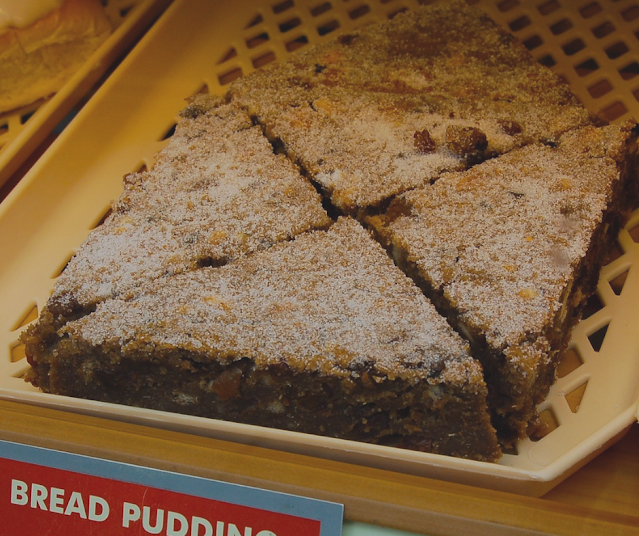Fruit Preserves, Jams, and Jellies
There is nothing like the smell of fresh from the farm and still-warm fruit jam you could eat right from the jar. While jams and jellies are popular among kids, fruit preserves are more serious for adults.
Both of them, however, is easier and more economical to make than jelly, since they are made of entire fruits instead of just the juice, and can be good either thick or runny. Both are also delectable when homemade!- The Old Farmer's Almanac
Since its first blend, old-style fruit preserves have come a long way and have striven their tradition of only natural and all-fruit way. Many find making conserves, or whole fruit jams tricky as it requires steeping fruit in the hot sugar mixture for an adequate time to extract the pure flavor in fruit and for sugar to penetrate the fruit.
The trick lies in not cooking too long to prevent the fruit from dissolving. Although preserves today are no longer made in the farm kitchen, there is still this real fruit jammed and sweetened with natural white grapes.
History of Fruit Preserves
Drying varieties of food in the sun to make food preserves has been known since ancient civilizations. Its long history catered to the introduction of fruit conserves which became popular during the Middle Ages in countries where sugar cane grew naturally. It is believed that fruits preserved in sugar cane created the first jams and jellies.
The French Revolution also adapted eating sweet conserves where the elite and middle classes took pleasure spending for the gourmet favorite.
With chefs and home cooks experimenting with ways to master their own flavors for jams, fruit preserves became a basic luxury food that born the earliest natural methods of making fruit jams.
The taste, smell, and color of jams delighted a royal demand for sweet preserves of fruit rich in sugar. Pineapples were started to be grown in royal gardens, ending every royal banquet with jellies and marmalades served in silver platters.
Fruits preserved in kingly sweetness rose to popularity until the 19th century leading to the artistry of slow-cooked fruit blends in small batches, using honey, maple sugar, or molasses.
Serving Suggestions
Jams put a rich indulgence with cheese or pate savored on a toast or baguette, while jellies make excellent toppings for waffles, cakes, yogurts, and sundaes, let your marmalade garnish a fruit plate.
Jams as a condiment for meat or poultry are very special. On your weekend mornings, spread it on scrambled eggs, crispy bacon, or fresh fruits. Kids will love jams on their crispy chicken, bacon, or meatloaf. Me, I love strawberry and mango jam on my scrambled eggs!
The enjoyment of spreading jams will continue the sunshine of fruits in your food. That brings back childhood memories to the table.
Special Tips
You would love to know how to make basic fruit jam without pectin.
Looking for Gourmet Jams?
Disclaimer:
The following contains affiliate links, which means, I may earn a small commission if you buy an item. Thank you for your support.












Comments
Post a Comment